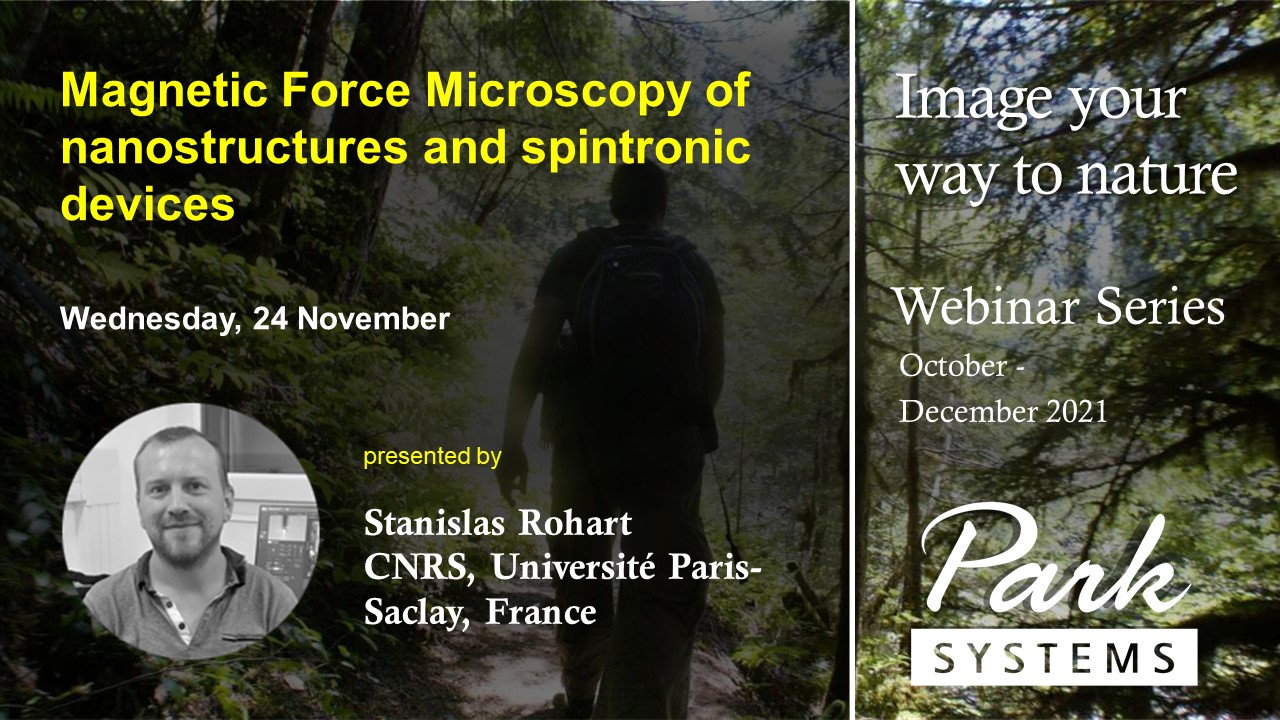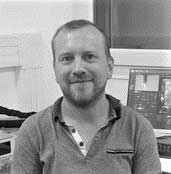
Magnetic Force Microscopy of nanostructures and spintronic devices
Wednesday, 24 November, 2021
- 10:00 am – 11:30 am
(GMT)
London, Dublin - 11:00 am – 12:30 pm
(CET)
Berlin, Paris, Rome - 18:00pm – 19:30 pm
[UTC+9]
Seoul, Tokyo

See all webinars in the “Image your way to nature” series here.
At the mesoscopic scale, magnetic materials can display a complex magnetization spatial organization that arise from the balance between exchange, anisotropy and dipolar energies. Some of these textures, like domain walls, vortices or skyrmions, behave as solitons and their motion could bring some new possibilities in spintronic devices like shift register (race track) memories or oscillators. While a numerous number of imaging techniques are available (magneto-optics, electron microscopy, x-ray based microscope and scanning probe microscopy), magnetic force microscopy (MFM) is well adapted to this field, bringing high resolution and sensitivity and easy observation of devices in-operando.
In this webinar, I will review our results on MFM imaging for textures in model nanostructures and spintronic devices. In particular, I will discuss the difficulty to deal with tip induced perturbations that are inherent to this method, and the adaptation of MFM to operate directly on electrically connected devices.

Presented By :
Stanislas Rohart, CNRS/Université Paris-Saclay, France
Stanislas is assistant researcher at CNRS/Université Paris-Saclay in France. He is interested in the physical properties of magnetic textures and their applications in spintronic applications and devices. To this purpose, he is an expert in scanning probe techniques (he has been involved into the development of magnetic ballistic electron emission microscopy and NV-center microscopy and is a common used of magnetic force microscopy). He pioneered some research on chiral magnetic textures (chiral domain walls and skyrmions), which lead to a renewed approach to this field.




